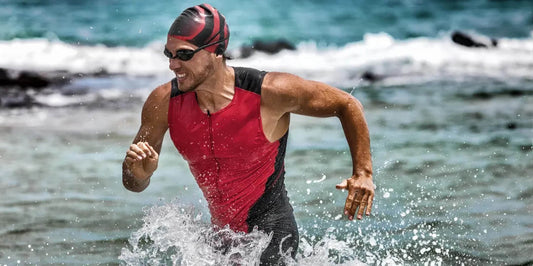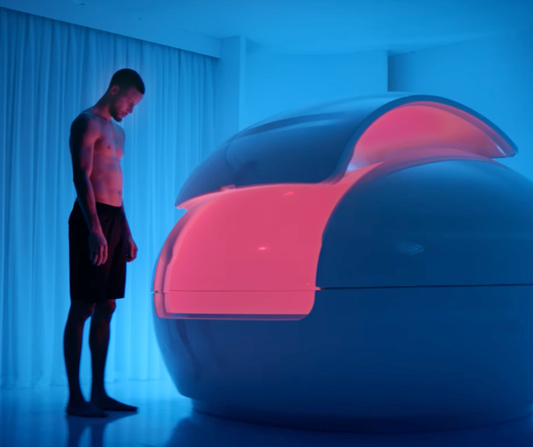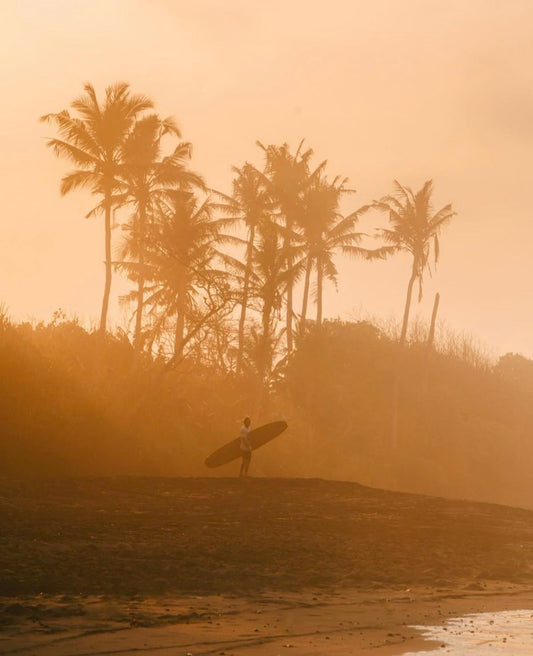You've probably seen matcha in drinks, lattes, smoothies, skincare literally everywhere. But why has this vibrant green tea become so popular lately? For many, matcha offers just the right balance between energy, health benefits, and ritual. With Gen Z leading the shift toward functional beverages, matcha sales have surged 67 percent in the past year (theteamakers.co.uk, thetimes.co.uk). It’s not just a trend, but rather a part of a wider move away from sugary drinks and harsh coffee routines.

Part of matcha’s appeal is the way it combines caffeine with a calming amino acid called "L‑theanine". Unlike coffee, which can cause jittery spikes and crashes, matcha offers a slow‑release boost that’s steady and clear.
Here’s how matcha stacks up against other popular drinks by caffeine for a typical 8‑ounce (240 ml) serving:
| Beverage | Caffeine (mg) |
|---|---|
| Matcha | 60–70 |
| Black Tea | 45–75 |
| Green Tea | 25–50 |
| Fruit/Herbal Tea | 0 |
| Black Coffee | 95–140 |
Sources: matcha content from Kyoto matcha research (cspinet.org, cafely.com), black tea from Wikipedia (becomelucid.com), coffee levels from Wikipedia , fruit and herbal teas are naturally caffeine‑free by definition!
These numbers show that while matcha contains less caffeine than coffee, it’s still more potent than standard black or green teas. Thanks to L‑theanine, its energy boost is smoother, longer‑lasting, and less stressful on your nervous system.

Matcha vs Coffee: A Gentler Wake up
Matcha delivers about the same amount of caffeine per cup as coffee, but the added L‑theanine helps slow caffeine absorption. This means without the sudden rush or crash, matcha gives you a clean and lasting lift. Clinical studies show that this combo improves attention and focus better than caffeine alone.
For many, matcha is simply easier on the stomach and gentler on the mind. It lacks coffee’s acidity and can even be taken later in the day without disrupting sleep as much.
What the Experts Say
- Gen Z is swapping coffee for matcha and kombucha to feel more balanced (thetimes.co.uk).
- Caffeine in tea enters the bloodstream slower than coffee, thanks to tannins and L‑theanine that slow down absorption .
-
A single cup of matcha contains more caffeine than green tea because you are consuming the entire leaf .
How to enjoy Matcha without overdoing it
Here are some tips to get the best from it:
-
Use 1 teaspoon (about 2 grams) per serving for around 60–70 mg caffeine
-
Whisk with 60 – 80 °C hot water (not boiling) to protect the flavor and nutrients
-
Enjoy an energy lift that lasts 3–6 hours without jittery lows
-
Skip it altogether before float therapy sessions, stay caffeine‑free 4–6 hours prior to keep your muscles calm and your system relaxed
-
If you are sensitive, try half‑strength matcha or switch to green tea as a quieter alternative
"Should I replace my coffee with Matcha?!"
If you crave mental clarity, gentle energy and a mindful morning ritual, matcha may be your perfect fit. It offers antioxidants, chlorophyll, and calming effects that outperform coffee in some ways (everydaydose.com, naokimatcha.com). But if you love the taste or energy levels of a strong coffee, there’s nothing wrong with keeping it, as long as you’re aware of how caffeine affects you.
Before you float
A key note for our clients here at Terapung: caffeine preps your body to stay alert, even when you want to let go. For deeper relaxation during floatation therapy, we recommend skipping matcha, coffee and caffeinated teas for at least 4 to 6 hours before your session. This helps you fully melt into the experience.
To summarize it all,
Matcha is a modern wellness favorite for good reasons. It has just enough caffeine to uplift, without overwhelming. It’s calm and energizing at once. Drink it mindfully but skip it when you plan to float with us. Enjoy every sip of this timeless green ritual!






